Figs are an Asian species of flowering plant in the mulberry family. Native to the Middle East and western Asia, it has been sought out and cultivated since ancient times, and is now widely grown throughout the world, both for its fruit and as an ornamental plant. Take a look below for 28 more fun and interesting facts about figs.
1. Figs have become naturalized in scattered locations in Asia and North America.
2. The term “fig” has its origins from the Latin word, “ficus,” as well as the older Hebrew name, “feg.”
3. Besides being used in the human diet, figs are used in the pharmaceutical industry in the manufacture of different creams and lotions.
4. Figs are a medium sized tree that can reach 10 to 30 feet in height. Occasionally, under exception climate conditions, figs can grow up to 50 feet.
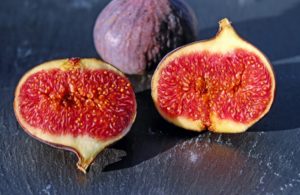
5. Figs have large leaves that are divided in 3 to 5 lobes.They’re easily recognized because, according to the Bible, Adam and Eve used fig leaves to cover their nudity.
6. The root of the fig tree is usually located near the surface of the ground. The diameter of the root is 3 times bigger than the crown.
7. Certain figs, such as those living in South Africa, have incredibly deep roots. The deepest recorded roots reach depths of 400 feet.
8. Fig fruit is actually an inverted flower that blooms inside the fleshy structure. The flower is not visible from the outside. The scientific name for this type of flower is infructescence.
9. Figs are pollinated by a special type of wasp which enters the infructescence through a tiny passage. Various animals also eat figs and disperse their seed through their feces.
10. All figs are divided into four categories based on the type of flower and the method of reproduction that they use. Only one type of fig, called caprifig, produced pollen while the other three types depend on its pollen.
11. Figs can reproduce without pollen in the process called parthenogenesis, which means that the produced fruit is sterile.
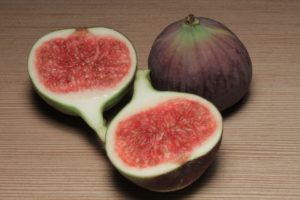
12. Besides from seeds, figs can develop from cuttings, tissue cultures and grafts. This type of reproduction, called vegetative, is faster compared to the reproduction through seeds.
13. Figs normally produce fruit on their branches. However, certain types of figs in the Philippines are able to develop fruit on the stem.
14. They are a rich source of fibers, minerals and vitamins. They have a pleasant and sweet taste. They are usually eaten raw, dried or as part of sweet and salty meals.
15. Figs have several health benefits. They can be used in the treatment of chest congestion and as a facial mask, as it’s known to tighten the skin. Juice extracted from the fig leaves can be used to soothe insect bites.
16. Figs are recommended to people who want to quit smoking. Due to their high alkalinity, they can diminish the desire for cigarettes.
17. Some people use figs as a substitute for coffee.
18. The milk sap produced in the green parts of the fig can induce skin irritations.
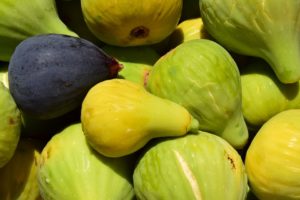
19. Cultivated figs can survive for around 35 years.
20. The edible fig is one of the first plants that was cultivated by humans.
21. Nine subfossil figs of a pathenocarpic type dating to about 9400 to 9200 BC were found in the early Neolithic village Gilgal I, in the Jordan Valley, 13 kilometers north of Jericho.
22. Figs were widespread in ancient Greece, and their cultivation was described by both Aristotle and Theophrastus.
23. Aristotle noted that as in animals sexes, figs have individuals of two kinds, one, the cultivated fig, that bears fruit, and one, the wild caprifig, that assists the other to bear fruit.
24. Figs were a common food source for the Romans. Cato the Elder, in his c. 160 BC De Agri Cultura, lists several strains of figs grown at the time he wrote his handbook.
25. Rome’s first Emperor Augustus was reputed to have been poisoned with figs from his garden smeared with poison by his wife Livia.
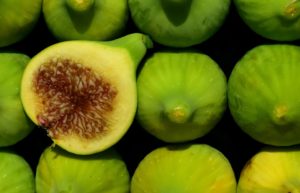
26. Figs were cultivated from Afghanistan to Portugal. They were also grown in Pithoragarh in the Kumaon hills of India.
27. In 1769, Spanish missionaries led by Junipero Serra brought the first figs to California. The Mission variety, which they cultivated, is still popular today.
28. The Kadota cultivar of figs was mentioned by the Roman naturalist Pliny in the 1st century AD.

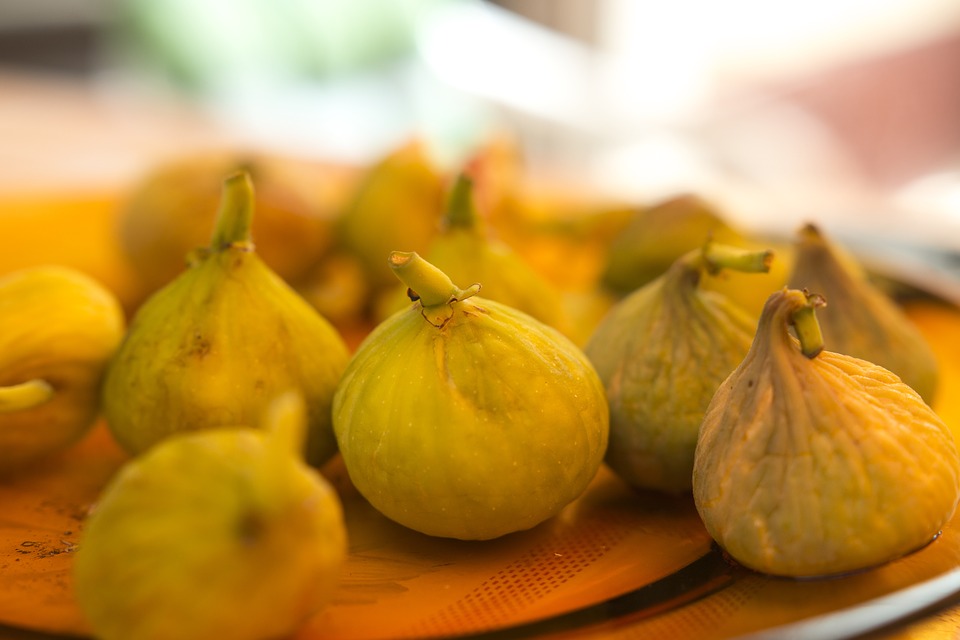



3 Comments
Pingback:
March 7, 2018 at 1:56 pmPingback:
March 15, 2018 at 11:09 amPingback:
May 6, 2018 at 4:38 pm